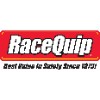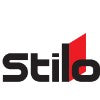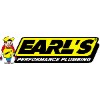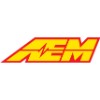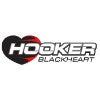Haltech - Boost Control
Controlling boost is about torque management, engine safety, and repeatability. A Haltech ECU drives a solenoid to regulate pressure to the wastegate, holding your target across weather and gear changes. A base spring sets mechanical minimum boost. The ECU adds duty cycle to raise it in a controlled way.
Start with solid plumbing. Short hoses, secure clamps, correct orientation, and a reliable solenoid. Add a quality MAP sensor with the right range and keep intake temperature under control with adequate intercooling. In software, set sensible targets by RPM and throttle, then refine by gear or speed for traction. Closed-loop control trims duty cycle to hit the target even as ambient conditions change.
Safety strategies protect the engine. If boost exceeds a limit, the ECU can open the throttle less on DBW cars, pull ignition, or cut fuel progressively. You can link limits to air temperature and fuel quality. Add a boost by gear table for manual cars where low gears need less torque. For drag events, build a time-based target that ramps cleanly on the two-step.
Logging is your friend. Review target versus actual, duty cycle, and turbo speed if fitted. Look for overshoot or oscillation and adjust proportional and integral gains accordingly. A stable system gives the same boost on a hot day as it does on a cold morning, which makes tuning and driving predictable.
With proper boost control you gain usable, repeatable power rather than headline numbers that vary run to run. It is the right way to make a fast car feel calm and quick everywhere.


